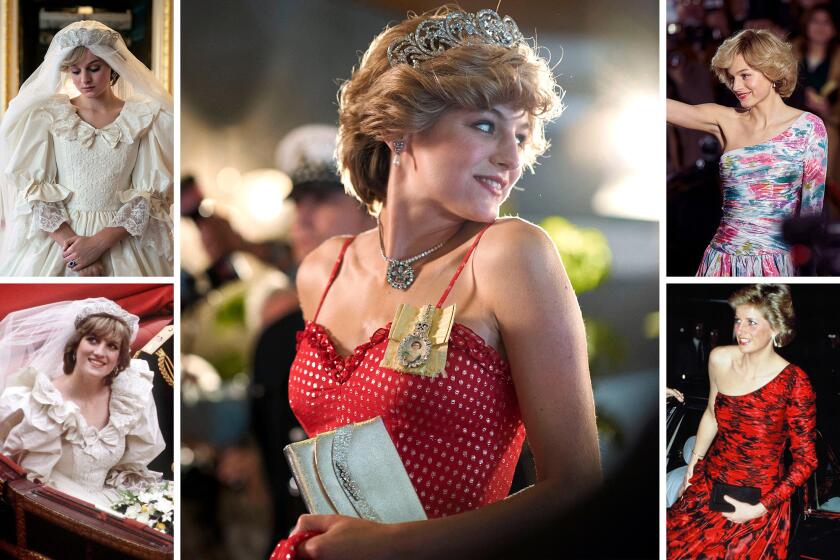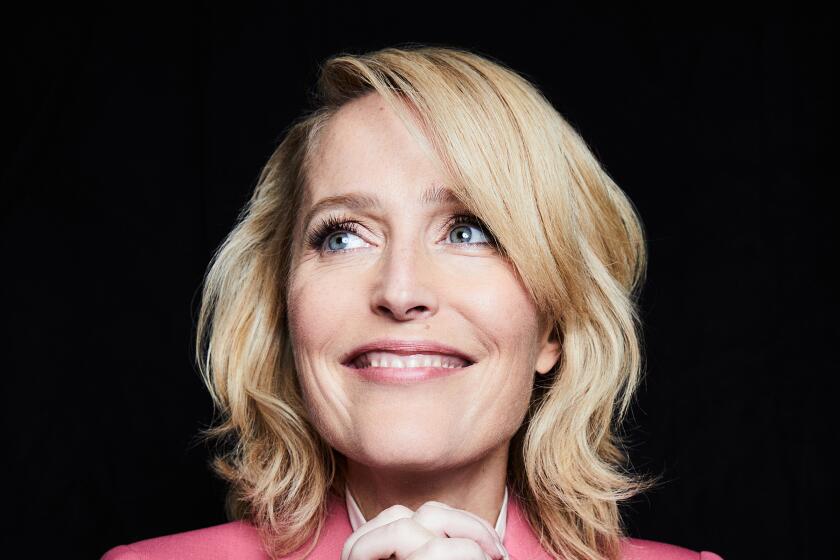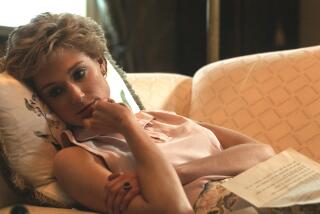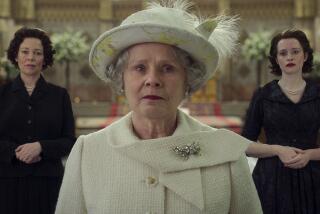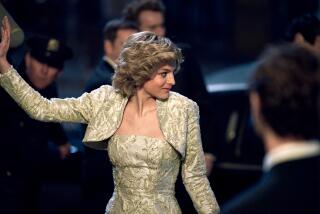Charles and Dianaâs wedding caused a âfrenzy.â Hereâs why itâs not in âThe Crownâ
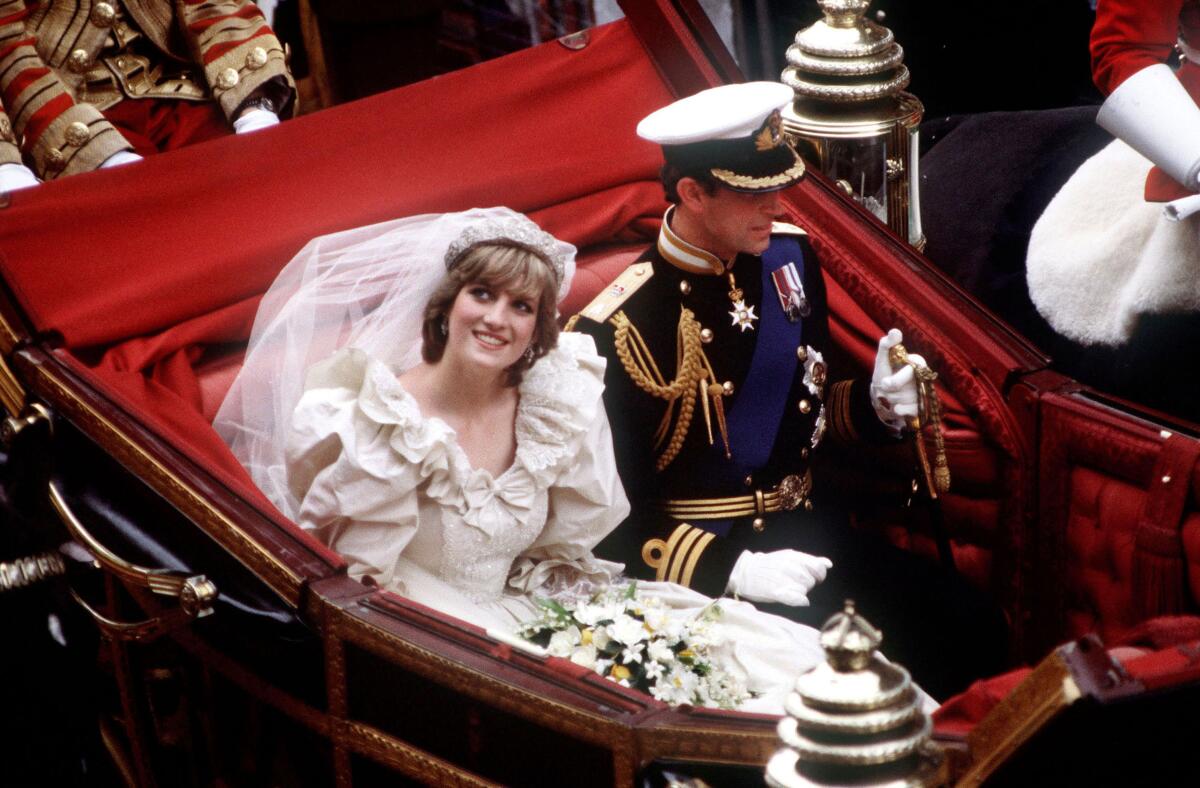
On July 29, 1981, the world watched as Prince Charles married Lady Diana Spencer. It was an event like no other, defined by both traditional British pomp and circumstance and a sense of ushering in a new era for the royal family. And it defines the fourth season of âThe Crown,â which spans 1977 to 1990 and centers on the stormy relationship between Charles and Diana (played by Josh OâConnor and Emma Corrin). As portrayed in the series, streaming on Netflix beginning Sunday, the wedding is a nostalgia trip for those who remember the historic nuptials â and an introduction, for those who donât, to one of the most closely watched events in recent British history.
The wedding festivities were seen by 750 million people in 74 countries, according to the BBC, with 28.4 million tuning in from the U.K. itself (24 million Brits watched Prince William marry Kate Middleton in 2011 and around 18 million watched Prince Harry wed Meghan Markle in 2018). In addition to the intense public fascination with Diana, the high interest may also have stemmed from the fact that there hadnât been a major royal wedding since Princess Margaretâs in 1960 â more than two decades to wait for such a spectacle.
âRoyal weddings have an indelible mark on history and culture. I think itâs because they are such punctuations in peopleâs lives,â says Eleri Lynn, curator of the Royal Ceremonial Dress Collection at Historic Royal Palaces and Kensington Palaceâs 2017 exhibition âDiana: Her Fashion Story.â âThe ceremony and the pageantry is on such a grand scale, [and] in history, we as human beings are drawn to ceremony and pageantry as ways of marking time and lives. These are not only shared family moments, but shared national moments.â
In Britain, 1981 was generally not a happy time. The country, under the leadership of Prime Minister Margaret Thatcher (portrayed in âThe Crownâ by Gillian Anderson), was in a recession, with many people out of work and feeling hopeless. Racial strife consumed many major cities around the U.K. throughout the spring and summer. Prince Charles pushed for the magnificent occasion as a way of bringing the country together.
âWhen Charles was told that it would be too expensive to have the wedding in St. Paulâs Cathedral because they would need too much security and too many soldiers, he said, âWeâll stand them farther apart,ââ recalls royal biographer Penny Junor, who has written several books on Charles and Diana. âHe felt, quite strongly, that this was what the country needed â a focus to take peopleâs minds off the problems that everyone was facing at that time. ⌠There was big debate about whether it was right in a time of hardship to put on a big display like this wedding. His view was that it was a good idea to do it because it was a something people enjoyed. It gave people pleasure and therefore it was worth spending money.â
Princess Diana was thrust into the global spotlight when she married Prince Charles. Emma Corrin, the new star of âThe Crown,â can relate.
In the months leading up to the wedding, paparazzi trailed Diana everywhere, and any morsel of information about the event was prized.
âThe media obsessed on it,â Junor notes. âIn the run-up, the little details emerge about what will happen and who the best man will be and who will make the cake â things like that. These details drip-feed out into the media, and it builds up into a great frenzy.â
At the time, Diana and Charlesâ love story seemed like a fairy tale. The public bought into their storybook romance, with very little indication that anything might be amiss behind the scenes. Itâs been only with hindsight that historians and biographers have noted the obvious presence of cracks in the foundation. Director Duncan Singhâs 2019 Channel 5 documentary, âCharles & Di: The Truth Behind Their Wedding,â looked back at the week leading up to the wedding, raising questions about whether Diana or Charles may have had second thoughts about the marriage.
âAmong me and my friends, it was certainly seen as a fairy tale and presented as such in the papers,â says Lebby Eyres, royal commentator and former editor-in-chief of New magazine, who remembers âporing over all the papers and buying all the photo specialsâ the next day. âIt was one of the reasons why I was so upset when she died, and most people my age were the same â because we had been completely taken in by the dream. But among my parents and their friends there was definitely a sense she was too young. I think they probably felt she was a lamb to the slaughter. It didnât take long for the rumors to seep out that she was unhappy.â
Itâs these doubts and behind-the-scenes dramas that âThe Crownâ focuses on in the aptly titled âFairytale,â which was written by series creator Peter Morgan. It traces Charles and Dianaâs courtship, reimagining their famous engagement TV interview and the wedding rehearsal in St. Paulâs, where Diana confronts Charles about his relationship with Camilla Parker Bowles. The episode ends with a striking shot of Diana in her wedding dress. (As with Season 2âs âMatrimonium,â about Margaretâs wedding, âThe Crownâ does not depict the wedding itself.)
Costume designer Amy Roberts explains how Netflixâs drama re-created Dianaâs most memorable looks â and how her evolving fashions tell the story of Season 4.
Thatâs because the wedding âis out there in full-blown color for the entire world to see,â explains âThe Crownâ director Benjamin Caron. âIf you want to go and watch the reality version of âThe Crownâ you can just go on YouTube and see that. Weâve always been interested in what happens behind the curtains and not in front of the curtains. The whole journey of this episode, right from the very beginning, was always about leading up to that moment of them heading to the church. We know what happens next.â
The dress, however, was essential to include and was replicated for the episode by costume designer Amy Roberts. Created by British designers David and Elizabeth Emanuel, Dianaâs wedding dress was revolutionary at the time. Featuring a 25-foot train and a 153-yard tulle veil, the gown was considered unusual, not following the bridal styles of the day.
âIt was a matter of hours before the first copycat wedding dress appeared in the shops,â Lynn says. âThere were wedding dress designers primed and ready to make imitation gowns and roll them out to department stores here in Britain within days. They had lines of that dress being sold. That silhouette â the large skirt and the puffy sleeves and the ruffles â was a shape that was incredibly popular right through the 1980s.â
âFor me, the dress is symbolic of what that day represents,â Caron adds. âItâs so big. The dress has always represented the slight repression of the crown. Itâs suffocating her, in a way. I think that was really important in the build-up to the actual wedding. The moment where sheâs walking away from us in the dress feels really solemn. The episode starts off with you drinking a glass of Champagne and then by the end you realize youâre actually drinking vinegar and you donât quite know when that taste changes during the episode. You feel, âDonât do it! Please, donât do it.â You know where sheâs going. Itâs the beginning of the end.â
Anderson needed to understand the former British Prime Minister to play her in âThe Crown.â But she knows sheâs unlikely to assuage Thatcherâs critics.
While âThe Crownâ has the benefit of hindsight â and the ominous sense of whatâs to come â Charles and Dianaâs real-life wedding was a moment of levity shared by a global audience, punctuated by their kiss on the balcony of Buckingham Palace. The couple started the tradition of royal couples kissing for the cameras on the balcony, another example of their contemporary sensibility, and many royals have continued it, including William and Kate.
âIt was a modern thing to do in 1981,â Junor remembers. âMarriages before that had been rather stiffer, but this was in keeping with the times. The public were so worked up about this wedding. The build-up had been so intense and the wedding was so beautifully orchestrated. She had that extraordinary dress with that huge train and she came in a glass coach. The public was absolutely ecstatic, so for them to kiss on the balcony was the icing on the cake.â
The interest in Charles and Diana and their relationship hasnât ceased, perhaps because their story represents both possibility and, ultimately, heartbreak.
âThe idea of a prince marrying a princess â that story has been told to us through generations. Thatâs part of our DNA, so to have a real-life version of that feels quite magical, especially in todayâs modern world,â Caron says. âAnd, more than anything else, why fans viewing this find this really, really compelling is that we know the end of this story. Like any great tragedy, you know the end before the story is told. Every frame of this season is heavy with the tragedy of the end. It has a mythological quality to it. Certainly whenever you see Diana it has gravitational pull that is taking you towards what you know is the finality of it.â
âThe Crownâ
Where: Netflix
When: Anytime beginning Nov. 15
Rating: TV-MA (may be unsuitable for children younger than 17)
More to Read
The complete guide to home viewing
Get Screen Gab for everything about the TV shows and streaming movies everyoneâs talking about.
You may occasionally receive promotional content from the Los Angeles Times.
